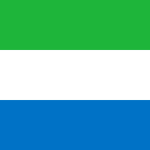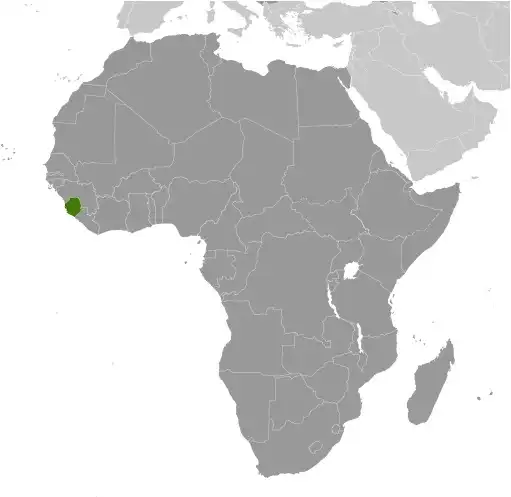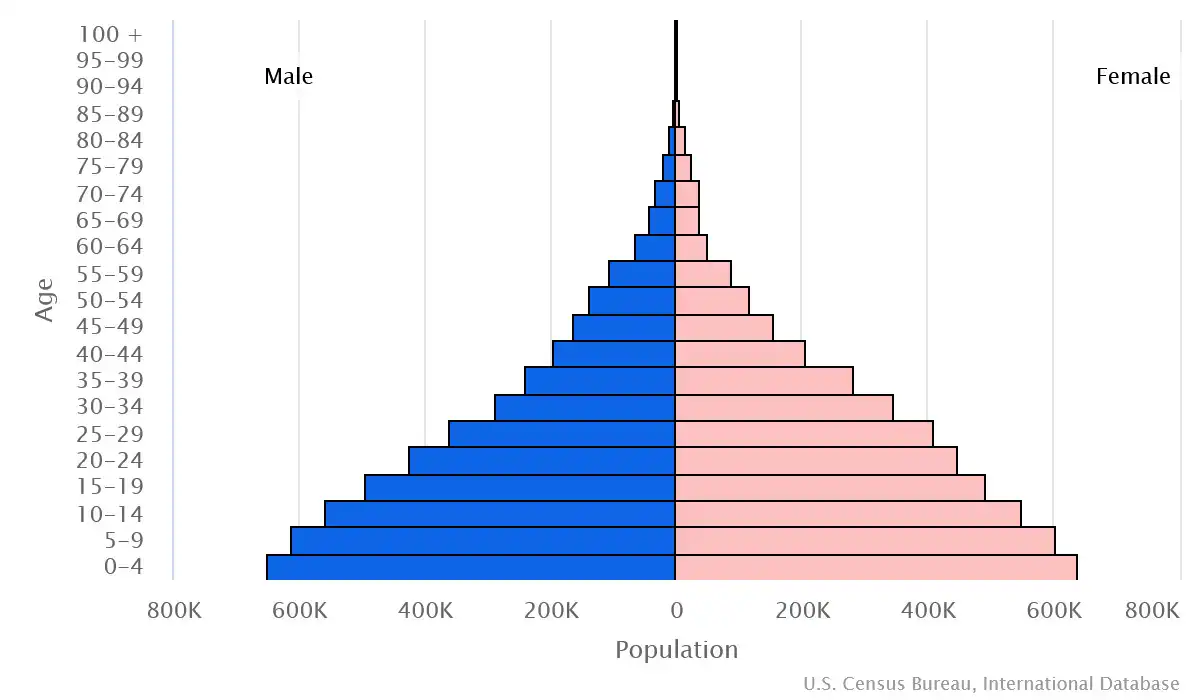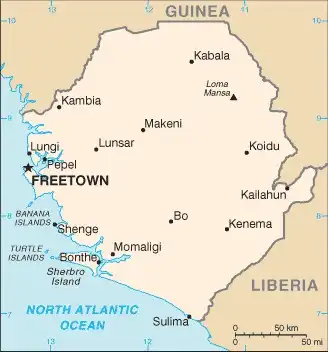
Sierra Leone
Country Data Dashboard

| Government type: | presidential republic |
| Capital: | Freetown |
| Languages: | English (official, regular use limited to literate minority), Mende (principal vernacular in the south), Temne (principal vernacular in the north), Krio (English-based Creole, spoken by the descendants of freed Jamaican slaves; a first language for 10% of the population but understood by 95%) |
People & Society
Ethnicity (2019 est.)
Religion (2019 est.)
Age structure

Economy
Economic overview
low-income West African economy; primarily subsistent agriculture; key iron and diamond mining activities suspended; slow recovery from 1990s civil war; systemic corruption; high-risk debt; high youth unemployment; natural resource rich
Real GDP (purchasing power parity) in Billion $
Real GDP per capita in $
Exports & Imports in billion $
Top 5 Import Partner in 2022 (65%)
Top 5 Import Commodities in 2022
- rice 🍚
- plastic products ♻️
- refined petroleum ⛽
- vaccines 💉
- packaged medicine 💊
Top 5 Export Partner in 2022 (65%)
Top 5 Export Commodities in 2022
- iron ore ⛓️
- titanium ore 🪙
- diamonds 💎
- wood 🌲
- aluminum ore 🪙
Geography
Map

Area
Natural resources
- diamonds 💎
- titanium ore 🪙
- bauxite 🪨
- iron ore ⛓️
- gold 💰
- chromite 🪨
Climate
tropical; hot, humid; summer rainy season (May to December); winter dry season (December to April)
Historical Background Information
Continuously populated for at least 2,500 years, the area now known as Sierra Leone is covered with dense jungle that allowed the region to remain relatively protected from invading West African empires. Traders introduced Sierra Leone to Islam, which occupies a central role in Sierra Leonean culture and history. In the 17th century, the British set up a trading post near present-day Freetown. The trade originally involved timber and ivory but later expanded to enslaved people. In 1787, after the American Revolution, Sierra Leone became a destination for Black British loyalists from the new United States. When Britain abolished the slave trade in 1807, British ships delivered thousands of liberated Africans to Sierra Leone. During the 19th century, the colony gradually expanded inland.
In 1961, Sierra Leone became independent of the UK. Sierra Leone held free and fair elections in 1962 and 1967, but Siaka STEVENS -- Sierra Leone’s second prime minister -- quickly reverted to authoritarian tendencies, outlawing most political parties and ruling from 1967 to 1985. In 1991, Sierra Leonean soldiers launched a civil war against STEVENS’ ruling party. The war caused tens of thousands of deaths and displaced more than 2 million people (about one third of the population). In 1998, a Nigerian-led West African coalition military force intervened, installing Tejan KABBAH -- who was originally elected in 1996 -- as prime minister. In 2002, KABBAH officially announced the end of the war. Since 1998, Sierra Leone has conducted democratic elections dominated by the two main political parties, the Sierra Leone People’s Party (SLPP) and the All People’s Congress (APC) party. In 2018, Julius Maada BIO of the Sierra Leone People’s Party won the presidential election that saw a high voter turnout despite some allegations of voter intimidation. BIO won again in June 2023, although irregularities were noted that called into question the integrity of the results. In October 2023, the Government of Sierra Leone and the main opposition party, the All People’s Congress, signed the Agreement for National Unity to boost cooperation between political parties and begin the process of reforming the country’s electoral system.
